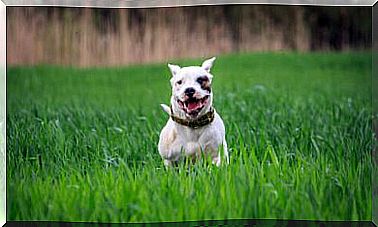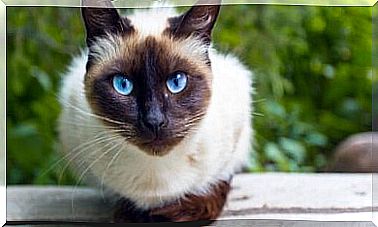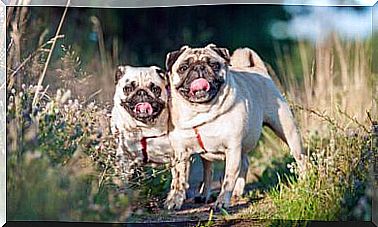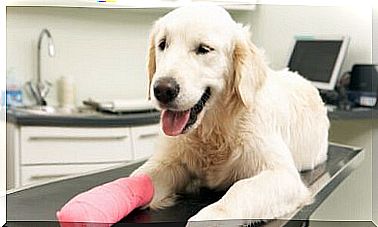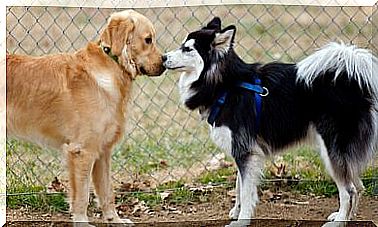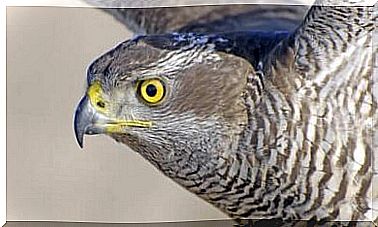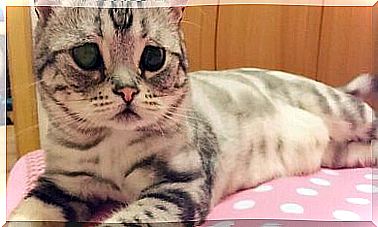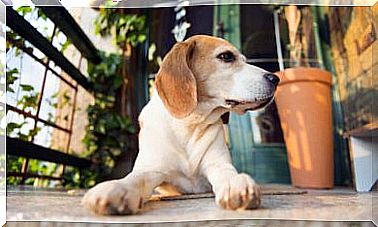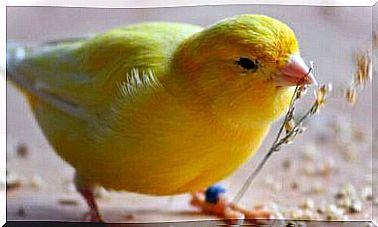Dislocation Of The Abomasum In Cows
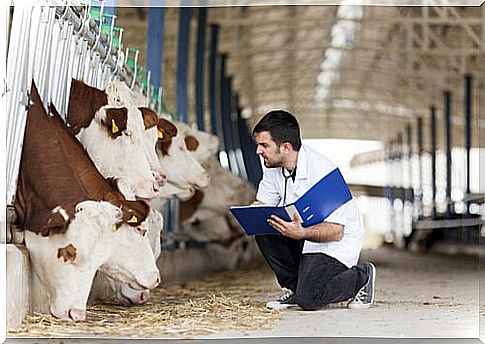
Dislocation of the abomasum is one of the most common digestive disorders in ruminants. As the name suggests, it is caused by the twisting of the fourth and last compartment of the stomach. This is a serious problem, as it affects the actual glandular stomach of cows.
The causes of the dislocation of the abomasum
It is a disease that occurs more frequently in females employed in the production of milk and from four years of age. While juveniles, males and meat breeds usually show a lower frequency to suffer from this disorder.
In general, dairy cows (such as the Italian Friesian) have higher dietary needs and suffer from nutritional stress . This makes the onset of abomasum dislocation more frequent. This disease occurs mainly during the puerperium, ie in the period after birth when the cow’s body slowly returns to its productive state.
Another factor related to this disease is food. Eating habits can help trigger this dislocation. For example, a low-fiber diet after childbirth, low energy, or even obesity. By reducing the volume of rumination, the abomasum ends up moving and turning.
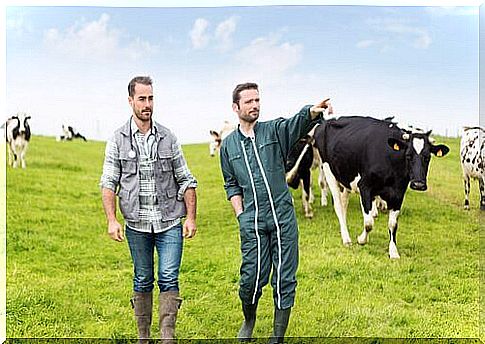
Other factors, such as the time of year and excessive stable keeping, can promote the disease. Dislocation of the abomasum is more common in cold seasons and in cows that have little mobility. That is, those that are kept in intensive farms.
Symptoms of abomasum dislocation
At the onset of the disease, the cow has a decrease in appetite with consequent weight loss. In addition, it will try to eat only fodder instead of concentrated feed. Another alarm bell will be a clear reduction in milk production, by more than half. These symptoms should not be confused with the natural behavior of the puerperium , as it is one of the most important periods in the reproduction of dairy cows.
If the animal is not treated in a timely manner, it can drastically cut off all milk production and appear absolutely thin and weak. In some cases, cows are no longer able to get up on their own. Not being able to eat anymore, they will expel the excrements in the form of diarrhea, with the possible increase of the body temperature and the onset of a feverish state .
Diagnosis of the dislocation of the abomasum
The diagnosis must be made by the veterinarian, who will have to come to your breeding, once the presence of the symptoms described above has been ascertained. Being rather nonspecific, it will be hard to go wrong.
Therefore, the skill of a good specialist will be crucial in interpreting the progress of the disease. The vet will feel and touch the cow deeply, to get a complete picture of the situation.
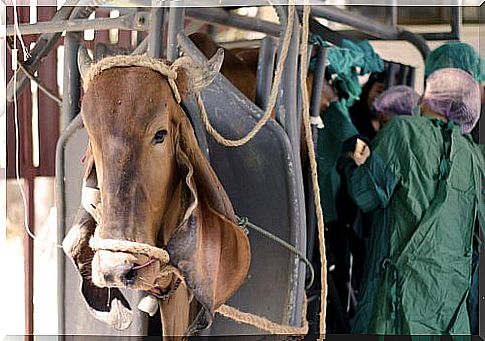
How to cure abomasum dislocation in cows
As for the treatments, there are several and they depend on the experience of the specialist, the means of the farmer and the specific case. One of the most commonly used treatments is to rotate the cow itself after giving it a processed calcium solution.
However, the most common involves carrying out a surgical intervention. Being considerably resistant animals, it will be possible to operate the cow directly on the farm. The animal will be kept standing under anesthesia. This position allows an exploratory incision on the anterior wall of the abdomen (laparotomy) which allows the doctor to see the level of torsion of the abomasum and check for any other complications.
Through the opening, the veterinarian can decide to reposition the abomasum correctly and also to fix it to the abdominal wall, by means of a suture. The goal is, of course, to prevent a new dislocation.
If you have a herd, it is crucial to maintain a visual inspection of the livestock. Periodically check the status of each cow and consult the veterinarian in the presence of any possible anomaly. As you have seen, operating an abomasum dislocation cow is simple and risk-free. However, it is always better to prevent, with careful management of livestock.
